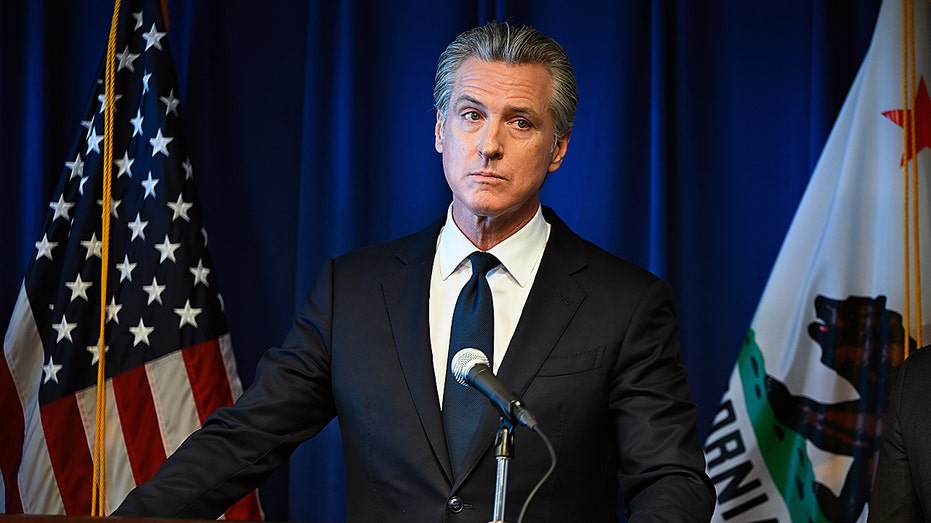The White House. Just the name evokes images of power, history, and the weight of a nation. But beyond the iconic facade and the carefully curated public image lies a building steeped in stories – tales of triumph, tragedy, and the quiet moments that shaped a country. It’s more than just a residence; it’s a living, breathing monument to the American experiment.

Construction began in 1792, following a design competition won by Irish architect James Hoban. Imagine the landscape then – a largely undeveloped area, a deliberate choice to symbolize a new beginning, a nation forging its own identity. The cornerstone was laid with a solemn ceremony, a hopeful gesture for a future yet unwritten.
The very first stone wasn’t without its secrets. Legend whispers of a single, perfectly preserved coin placed within, a silent offering for good fortune. While the truth remains elusive, it speaks to the human desire to imbue significant structures with meaning and hope. The building rose slowly, a testament to the labor of enslaved African Americans and European immigrants.
John Adams and his wife, Abigail, were the first presidential couple to take up residence in 1800. Abigail, a keen observer, famously hung laundry in the East Room to dry, a surprisingly domestic act within such grand surroundings. Her letters offer a fascinating glimpse into the early days of the White House, revealing a building still very much under construction, both physically and symbolically.
The War of 1812 brought devastation. British troops set fire to the White House in 1814, leaving only the charred shell of a building. Dolley Madison, the wife of President James Madison, famously saved a portrait of George Washington before fleeing, a courageous act that became a symbol of resilience.
Reconstruction began almost immediately, guided by James Hoban once more. The exterior was painstakingly restored, but the experience left an indelible mark. The building was repainted white to cover the scorch marks – a practical decision that ultimately cemented its iconic name.
Over the decades, each president has left their own imprint on the White House. Theodore Roosevelt officially named the executive mansion “The White House” in 1901, solidifying its identity. Major renovations under Truman in the late 1940s revealed a surprisingly fragile interior, necessitating a complete structural overhaul.
The White House isn’t merely a stage for political drama; it’s a home. It has witnessed births, deaths, celebrations, and quiet moments of reflection. It’s a place where presidents have wrestled with impossible decisions, comforted grieving families, and celebrated national triumphs.
Today, the White House continues to evolve, adapting to the needs of each new administration while preserving its historical integrity. It stands as a powerful symbol of American democracy, a reminder of the past, and a beacon of hope for the future. It’s a building that continues to write its story, one day at a time.





